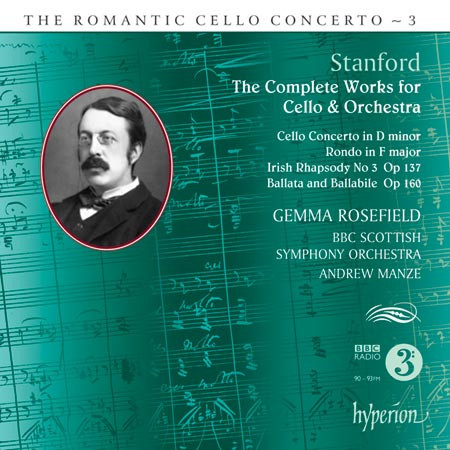
Clearly a romantic and impressionable young man, he was not sparing in his affections towards women, apparently smitten by every pretty girl he encountered. It was decided that Schumann should study law at Leipzig University, which he joined in 1828.įrom the first, Schumann neglected his law studies, plunging instead into the musical and artistic life of Leipzig. While at the Gymnasium his beloved father died, leaving his mother with no alternative but to place Robert under the guardianship of a family friend. He entered Zwickau Gymnasium aged 10, matriculating in 1828 the latter part of his time there was increasingly spent writing, especially poetry. His musical and literary leanings were encouraged by his father who secured a tutor for him although the lessons were rudimentary, the boy was composing little pieces by the age of seven. Schumann was born into a devoted family based in Zwickau, 40 miles south of Leipzig. The piece has a most unusual accompanied cadenza in its last movement, and it is only after 20 minutes of musical conversation and argument alongside chamber music like textures and motto structures that Schumann brings us home again in a blaze of traditional concerto last movement optimism.Robert Schumann (JJuly 29, 1856) was the arch-Romantic composer, thoroughly committed intellectually and emotionally to the idea of music being composed to register the feelings, thoughts and impressions garnered by a sensitive spirit on its journey through life. All of these devices are employed to create a fuller dialogue than had been the case in earlier cello concertos. Elsewhere, the orchestra and soloist have leading lines forever flowing and exchanging dialogue (see Figure 4 of the second movement) with length of musical phrase, intensity, speed and phrase shape. On a key-structural note, the concerto is centred around the A major/A minor tension and release concept, which creates a greater tenderness and tonal differentiation than that of the more usual cello concertos written to that date in the keys of D major and C major.

Read: Joy, warmth and humour: Natalie Clein on Haydn Cello Concerto in D major Watch: Steven Isserlis performs Haydn Cello Concerto in D

This clearly allowed other great cellists of the day to follow on and perform this piece - most notably Gregor Piatigorsky who gave the San Francisco and Washington premieres in 19 respectively, some one hundred years after Schumann’s death. Schumann responded with his musical language to Erfahrung (the accumulated wisdom passed down from one generation to the next) and the more modern concept of Erlebnisse (momentary experiences of ephemeral disturbance).Ĭasals, of course, had a major worldwide career and chose the concerto as one of his enduring repertoire choices. It was a time of general re-birth after the horrors of World War One and in some way, the era curiously echoed the concerto’s genesis, which happened in the aftermath of the turmoil and general stagnation of the 1848/49 revolutions in Europe. The work very much owes today’s prominence to the championship of cellist Pablo Casals in the 1920s, who, after 1896, was the next musician to re-awaken the piece. Read: Cellist Paul Katz on creating your ideal sound with vibrato Read: Baroque cello playing: Going for baroque Clara Schumann writes about the elements of his new style as a ’Romantic quality, the vivacity, the freshness and humour, also the highly interesting interweaving of violoncello and orchestra are indeed wholly ravishing, and what euphony and deep feeling one finds in all the melodic passages!’ This concerto, like so many before, has relied on the greatest cellists of the day to popularise performances of this masterpiece and its unique form, which freed the compositional requirements of the Baroque-Classical concerto to one of a free-flowing and highly original musical dialogue between soloist and orchestra.

There is strong evidence that Hausmann’s last performance of this piece was in Dessau in 1896. The growing prominence of the piece was increased by cellist Robert Hausmann, starting with performances in London in 1883, Manchester in 1886, and followed by performances by him in Berlin, Hamburg, Köln, Aachen Krefeld, Mannheim, Frankfurt, Braunsweig, Bonn, Menningen, Kassel, Hannover and finally Leipzig again in 1892. The piece then found its way to Russia in 1867, and went on to have performances in Paris in 18, Frankfurt in 1870, and Leipzig in 18. Somewhat like a wondrous ‘sleeping-beauty’, the concerto was awaked in London by the great cellist Piatti in 1866. The first performances of the concerto, both with an orchestra and with Schumann’s piano reduction, took place in April and June of 1860. Read: Masterclass: Schumann’s Adagio and Allegro op.70 Read: Session report: Gabriel Schwabe on recording the Schumann Cello Concerto


 0 kommentar(er)
0 kommentar(er)
